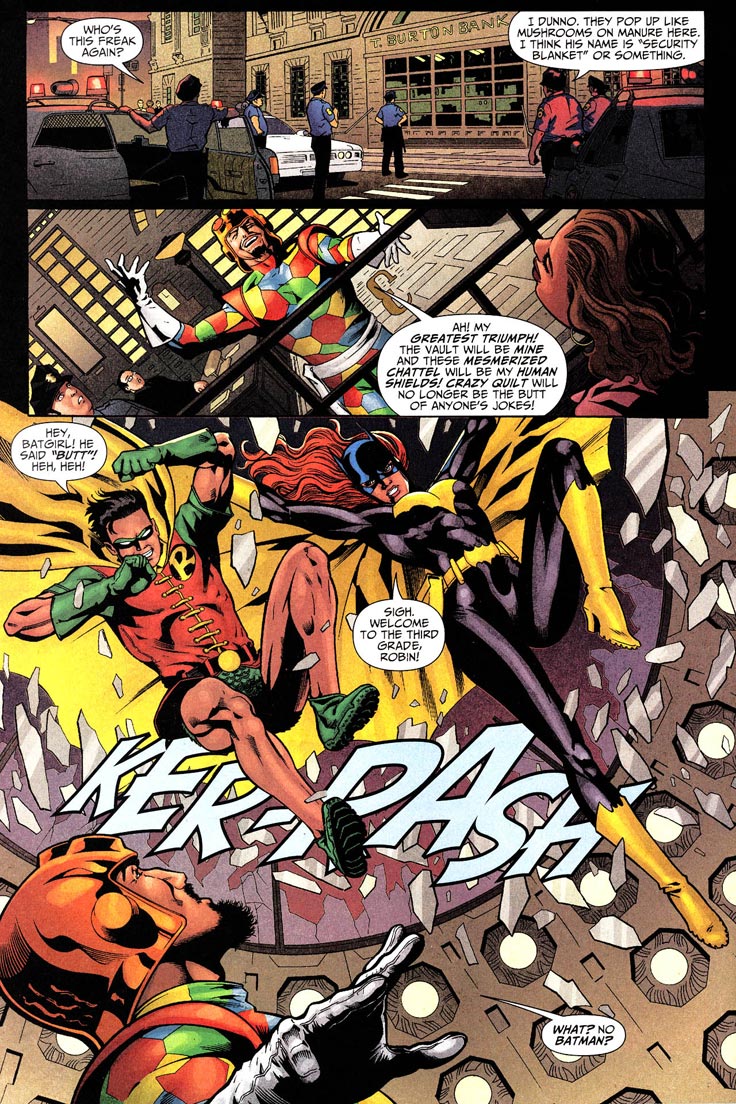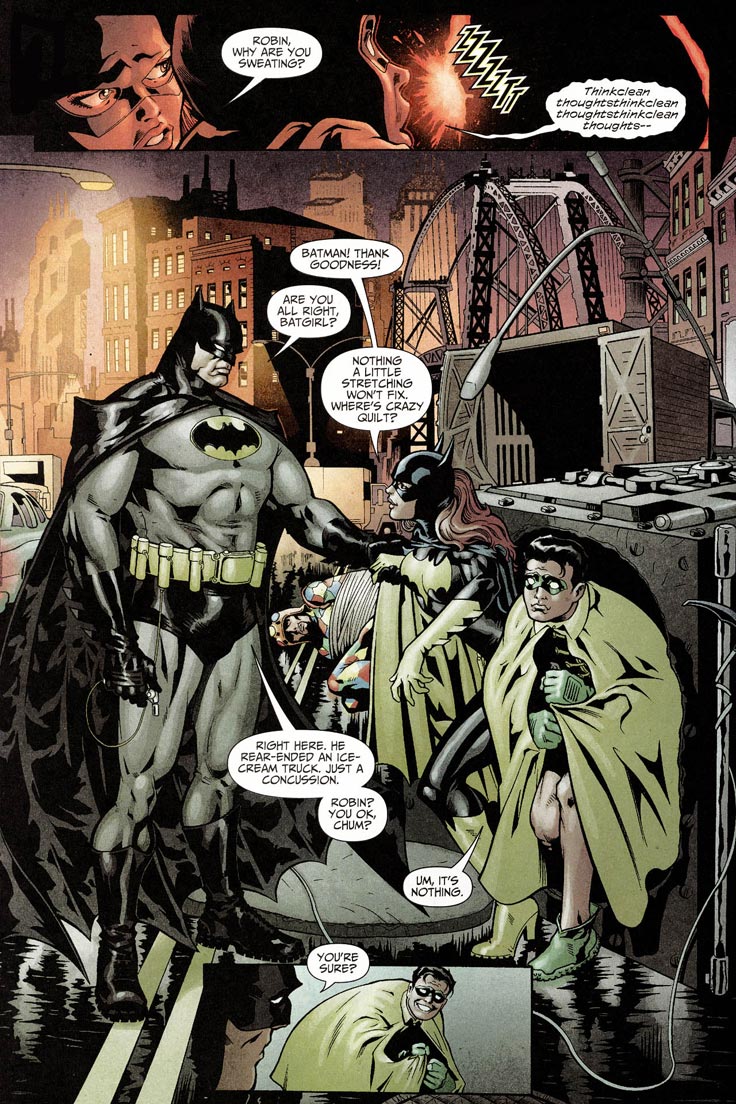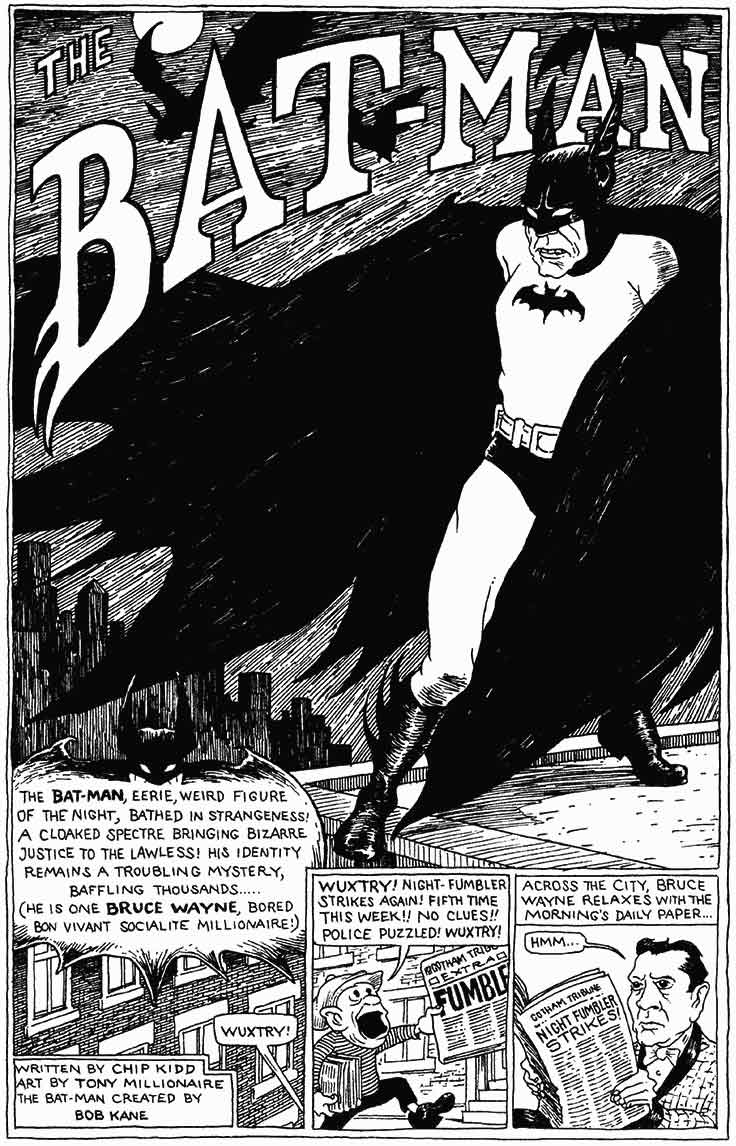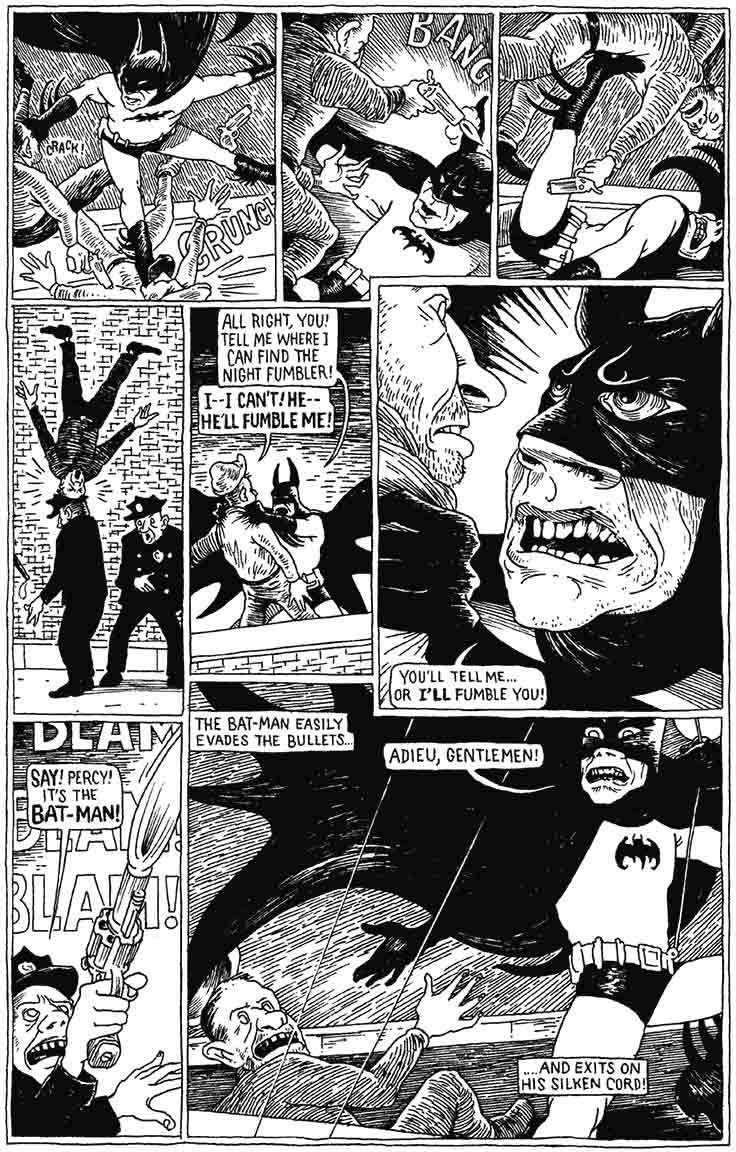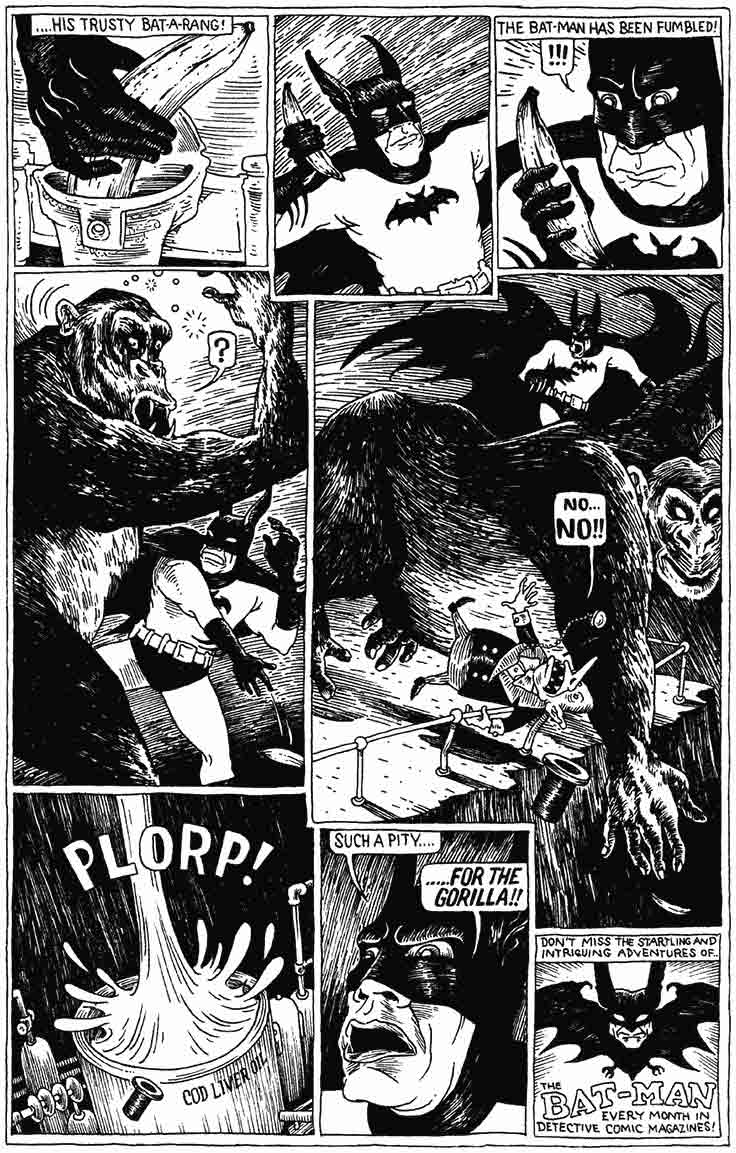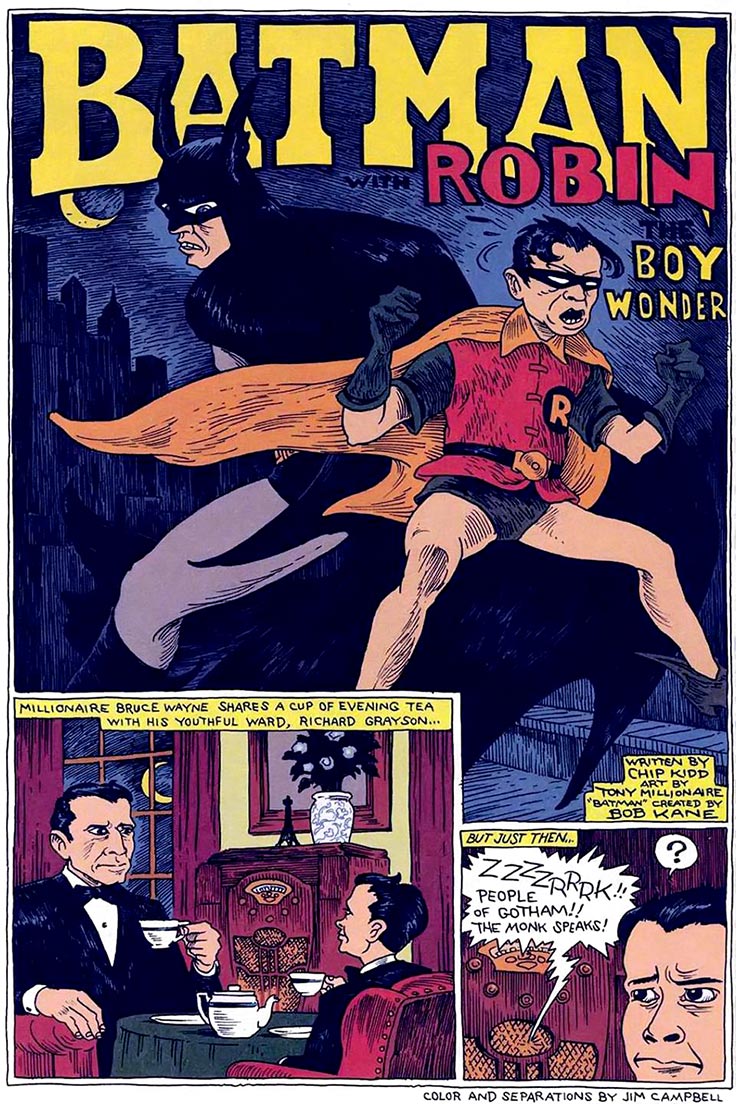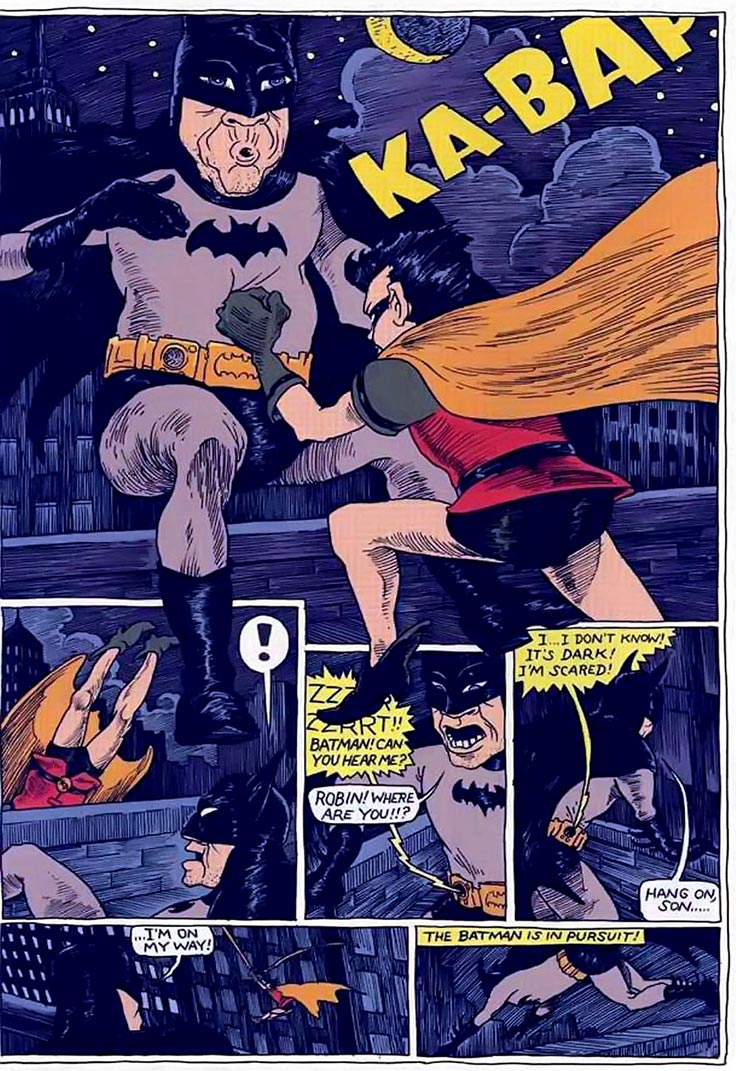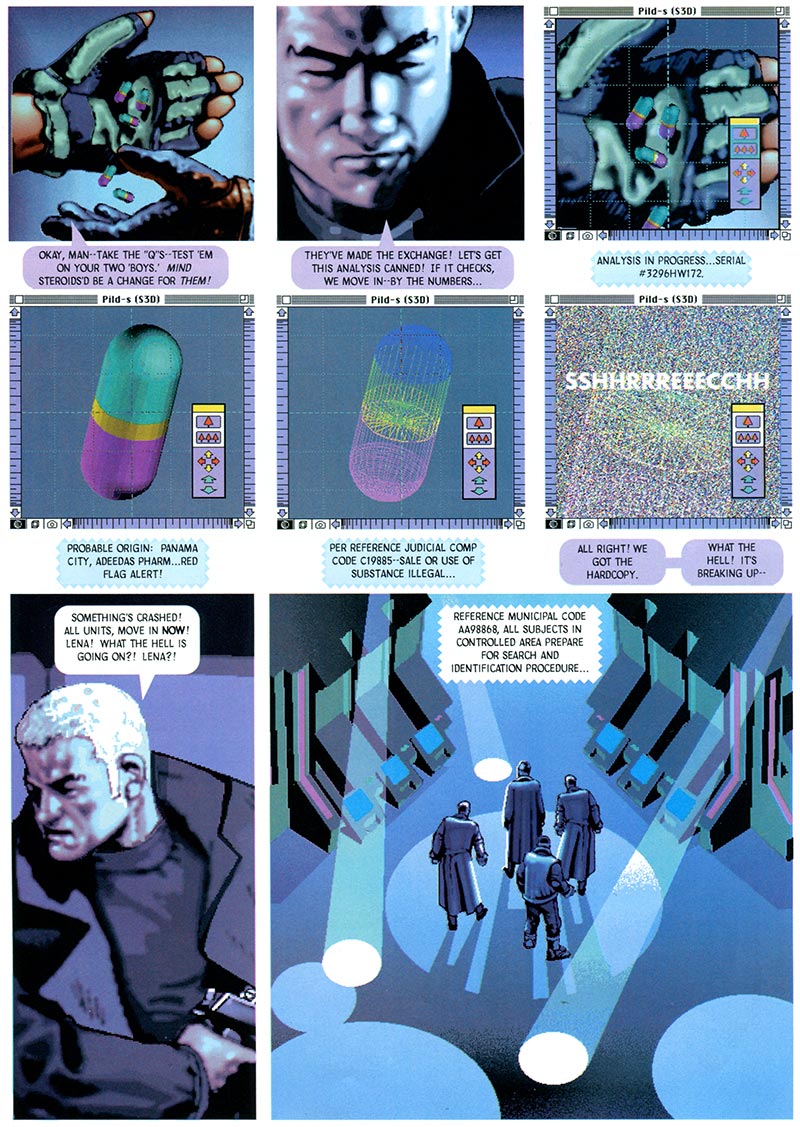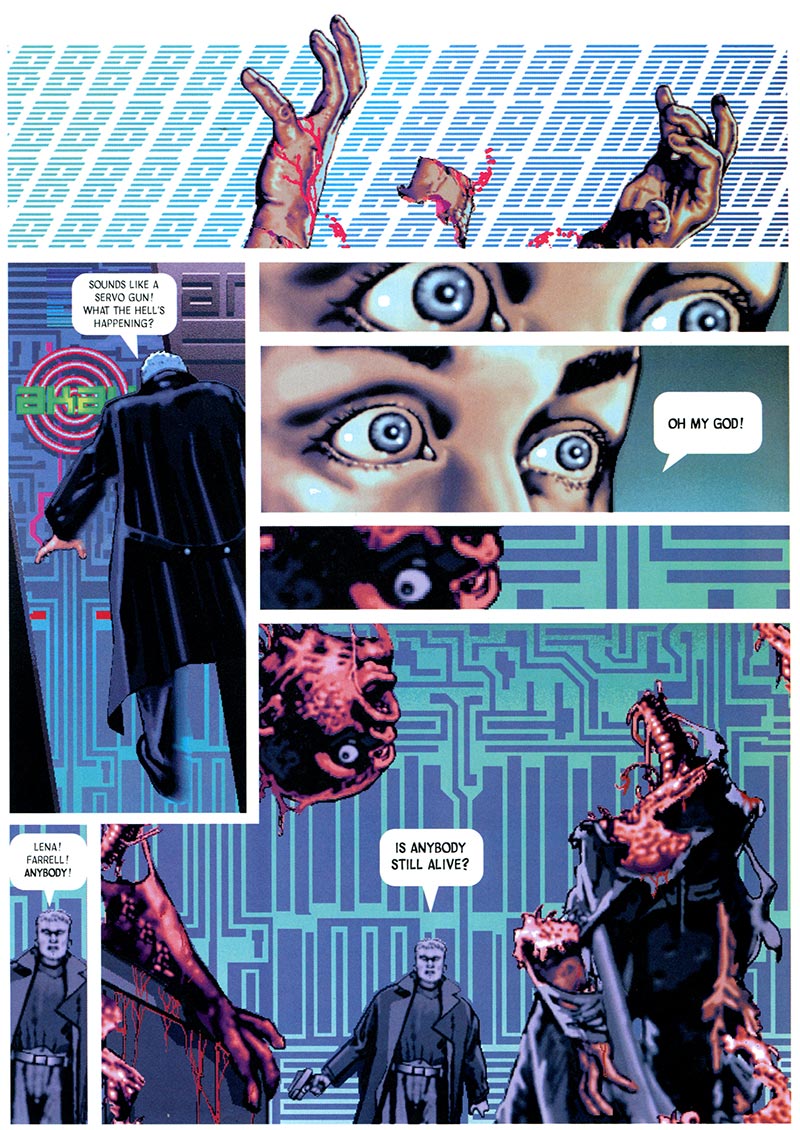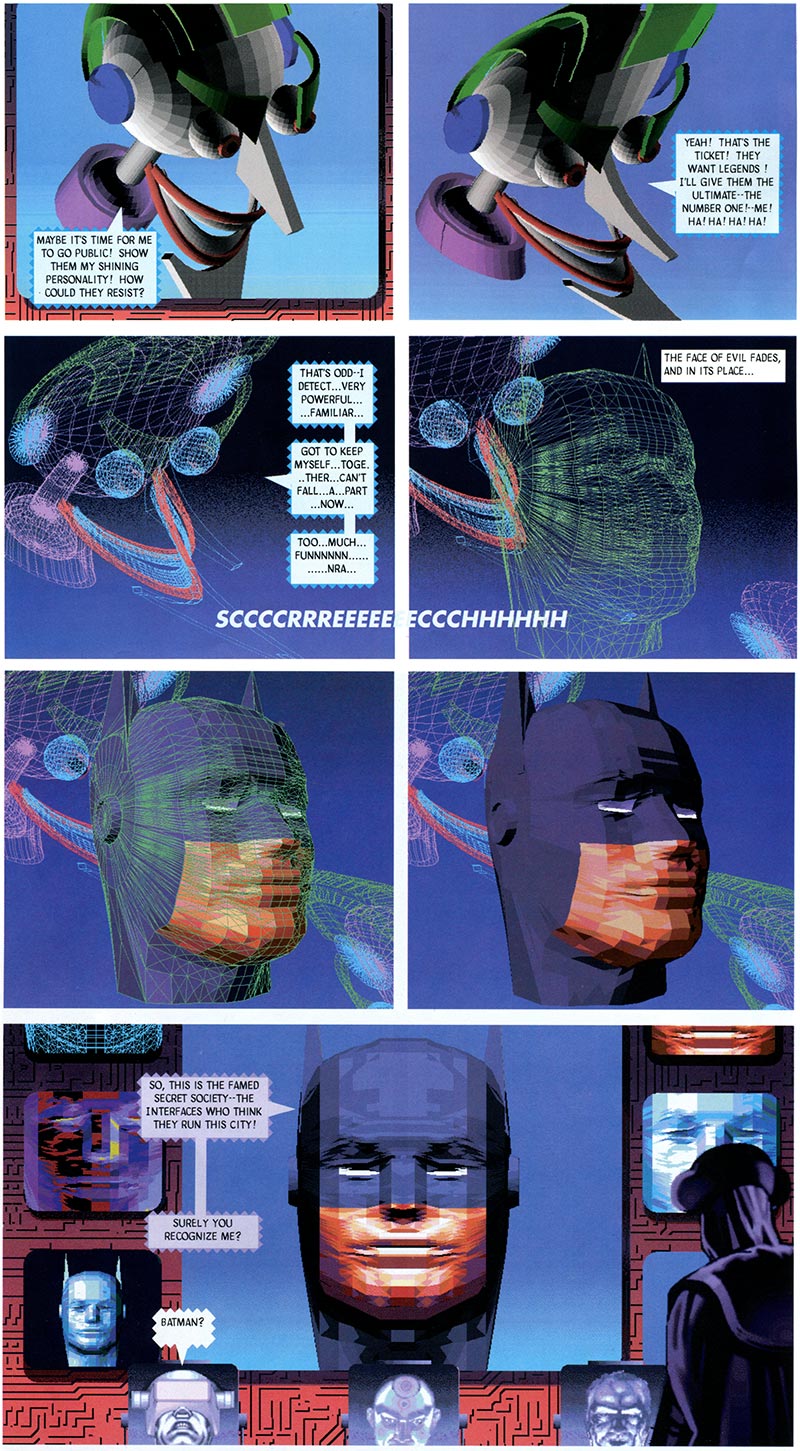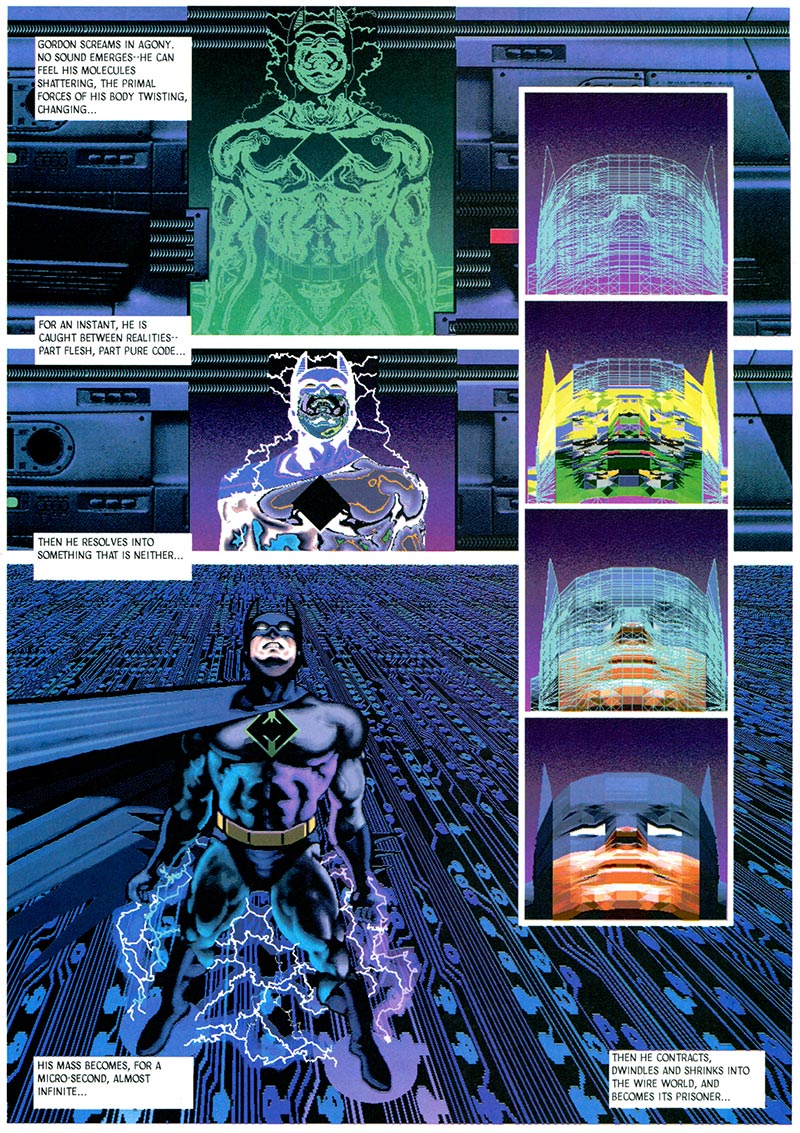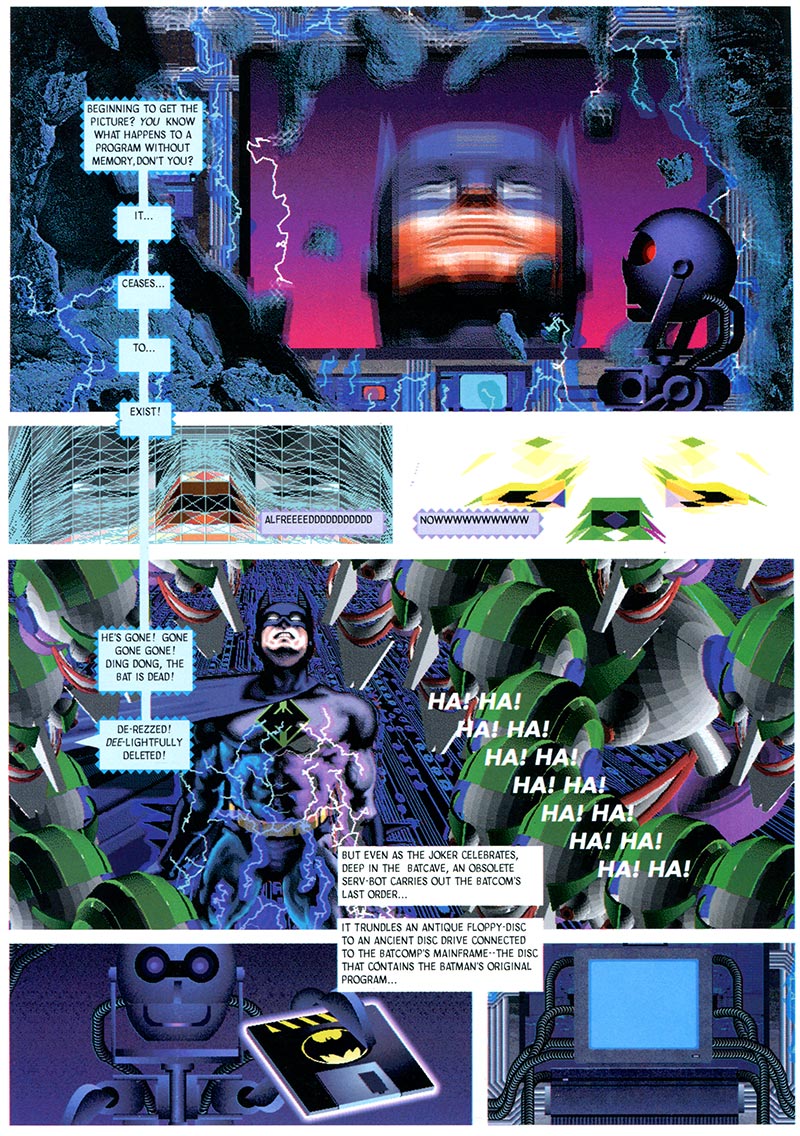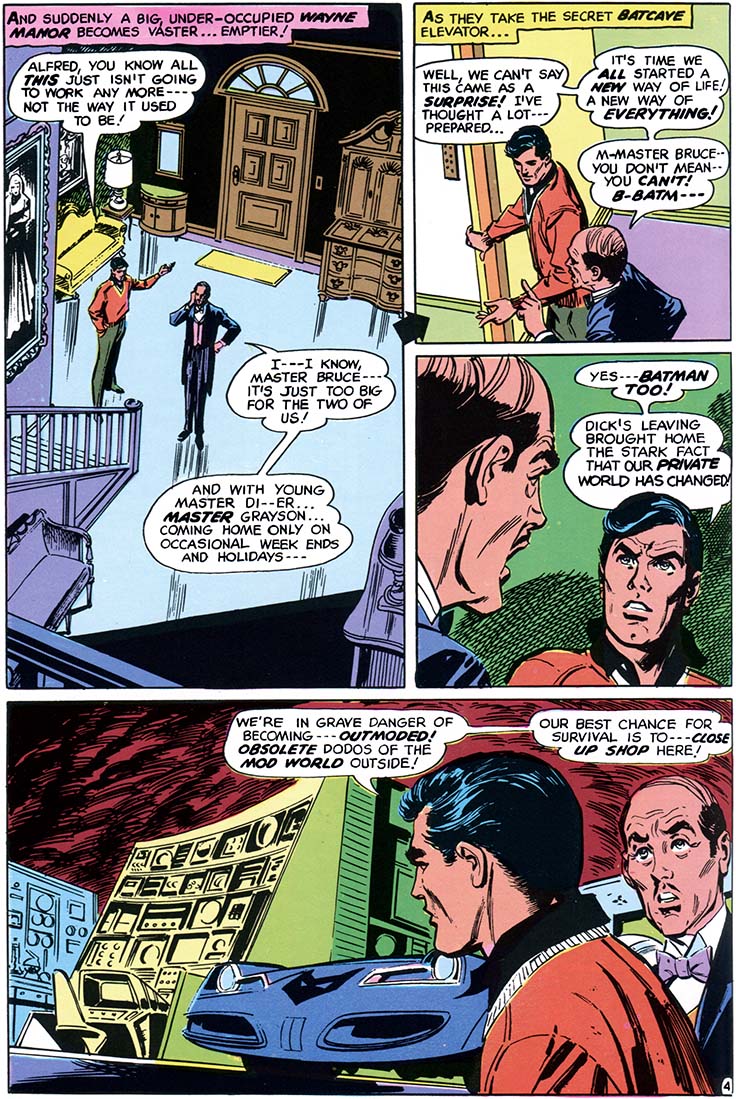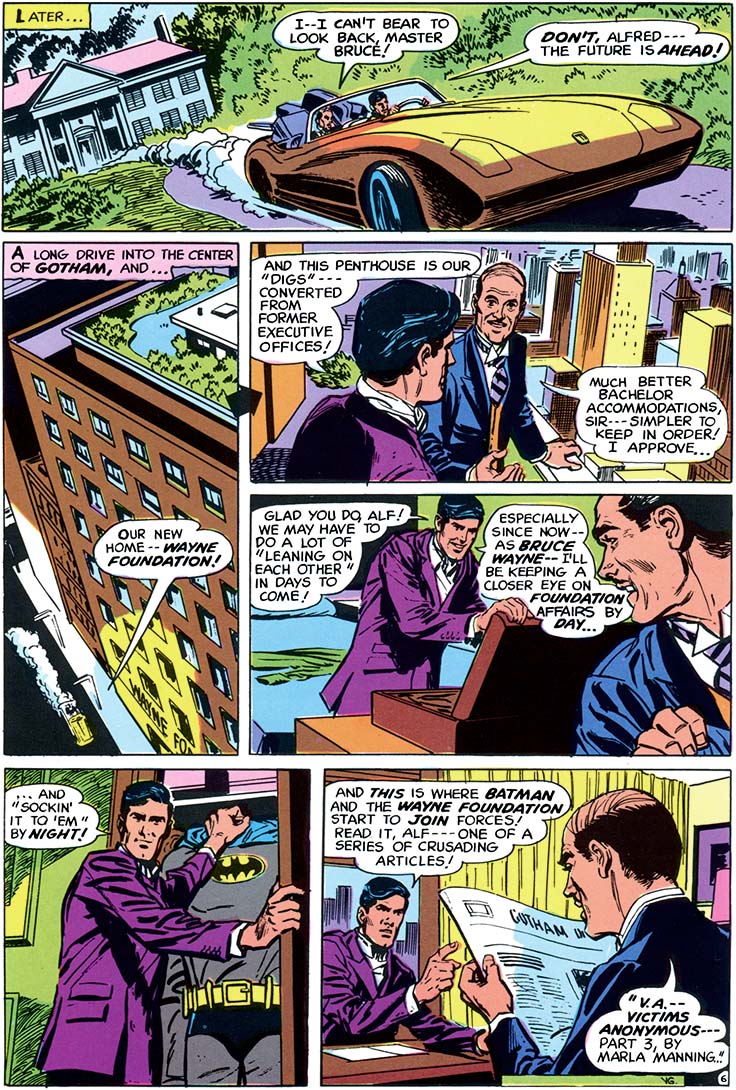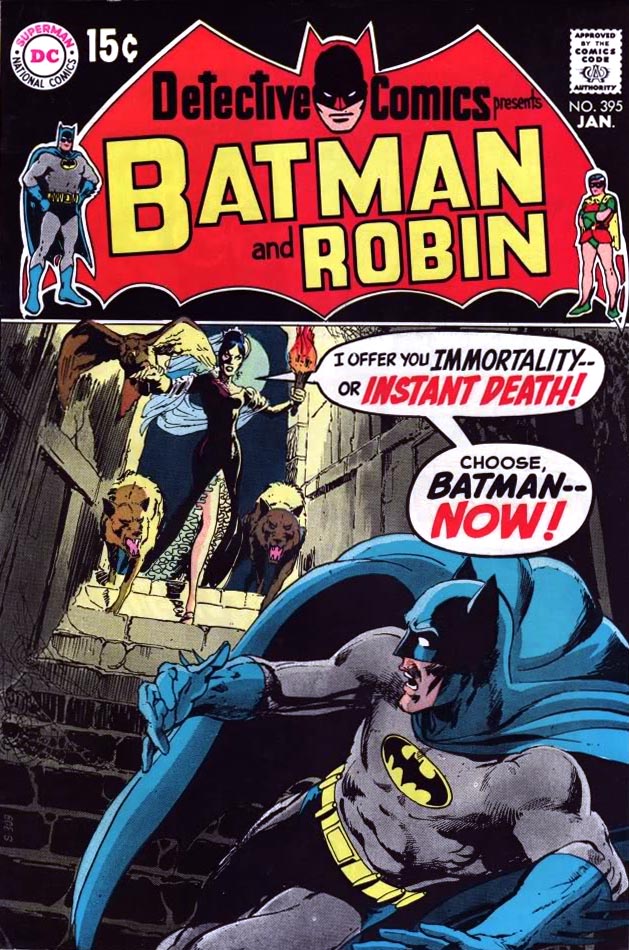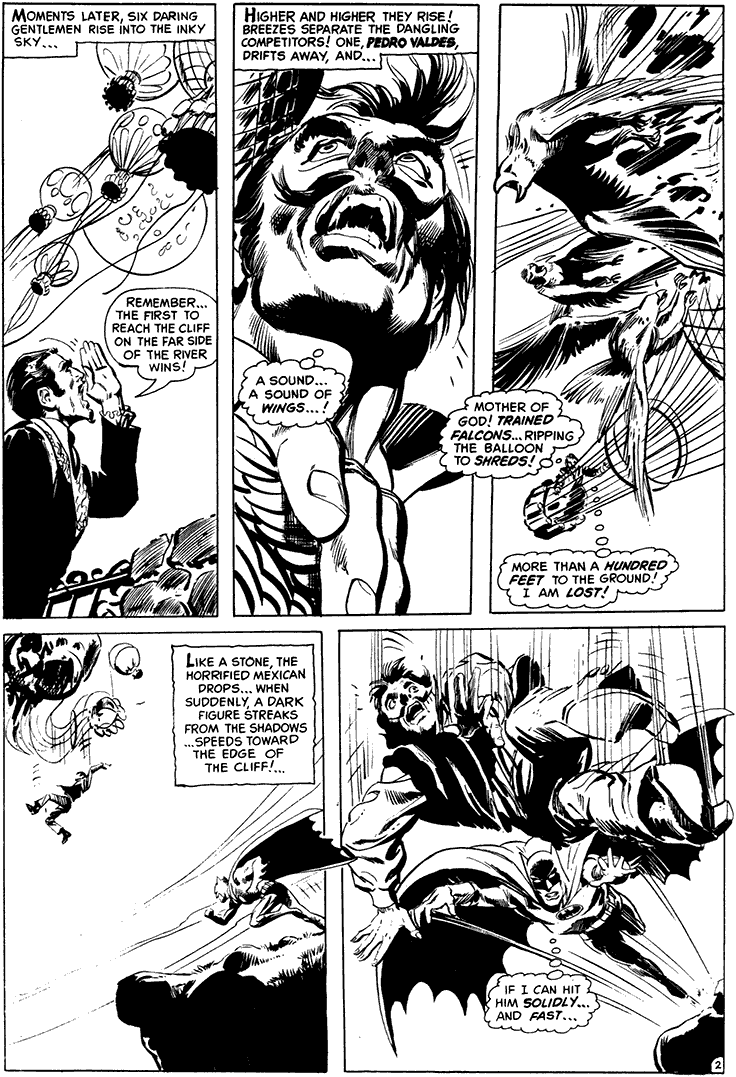when facing off against the legendary bat-man, it helps to be just a little crazy ..."the case of the chemical syndicate", detective comics #27, may 1939
"professor hugo strange", detective comics #36, feb 1940
"the joker returns", batman #1, spring 1940
"the murders of clayface", detective comics #40, jun 1940
"wolf, the crime master", batman #2, summer 1940
"the case of the joker's crime circus!", batman #4, winter 1941
"the clock maker!", batman #6, aug-sep 1941
"the brain burglar!", detective comics #55, sep 1941
"twenty-four hours to live!", detective comics #57, nov 1941
"a bat-death for batman!", batman #221, may 1970
"night of the reaper", batman #237, dec 1971
"forecast for tonight... murder!", detective comics #420, feb 1972
"open-and-shut case!", detective comics #425, jul 1972
"deathmask!", detective comics #437, nov 1973
then again, anyone who'd face off against every adrenaline-fueled psychopath that crawled out of the woodwork might be just a little crazy too ..."the white whale!", batman #9, feb-mar 1942
(stories by bob kane, bill finger, frank robbins, denny o'neil & archie goodwin; art by bob kane, jerry robinson, george roussos, irv novick, neal adams, dick giordano, frank robbins, don heck & jim aparo)
Wednesday, January 31, 2018
mad men
Monday, April 02, 2012
the bat-pun robin left unsaid
from 2007's nightwing[1] annual #2 (an "annual" that curiously took ten years to follow nightwing annual #1):(story by marc andreyko, art by joe bennet and jack jadson)understandably, robin chooses to suffer in silence, so i'll just have to say it for him: "holy hard-on, batman! i've gotta raging bat-boner!"
1) "nightwing" is the superhero identity assumed by dick grayson in 1984 after he quit wearing the short shorts and pixies boots.
Friday, September 30, 2011
bi-Zarro bat-Man
as a fan of all things batman, i couldn't resist chip kidd's and tony millionaire's 2001 homage to creator bob kane's original concept — here two ever-so-slightly warped send-ups which, despite their intended seediness, successfully evoke the distinctively creepy atmosphere of our grim hero's world.(stories by chip kidd, art by tony millionaire, cover by matt groening, color by jim campbell)
Thursday, April 07, 2011
computer comix v3.0
while 1988 saw prometheus steal color, 1990 gave him painting.less than five years after 1985's "shatter", the first entirely computer-generated (cg) comic series and less than two years after 1988's "crash", the first full-length cg graphic novel — featuring marvel comics' invincible iron man — artist pepe moreno, still a relative newcomer who'd assisted in illustrating "crash", brought the ever-accelerating desktop computing revolution to one of the biggest properties in mass-market comics:
between 1937, when the first all-original comic book come out, and the release of the first computer-generated comic in 1984, the tools used in the creation of comic art remained fairly stagnant. that all changed with the introduction of the first affordable graphics-oriented computer. all of a sudden, we had a machine that could do anything. most miraculously, that bottomless box of microchips and cathode rays has allowed our medium to grow — from the standpoint of technology — more in the ensuing five years than it did in the preceding forty-seven.
— mike gold, editor, dc comics
faster chips, more memory, bigger drives and falling prices brought with them higher resolution and a vastly expanded color palette: pixelization, "jaggies" and color-banding were beginning to give way to a richer and smoother result approaching traditional oil or airbrush and less harshly cg.like its predecessors, "digital justice" explores the consequences of all this brave new technology as gotham city, having once again succumbed to corruption "sometime in the next century", erupts in a cyber-showdown between two rival a.i. systems covertly left behind by their now-dead creators: a malignant "joker" virus and a no-longer silent "batcom" surveillance program.
a couple of old friends, peter gillis and mike saenz, showed me some rough printouts of a story that was produced entirely on a 128k apple macintosh computer, using but one disk drive. the artwork was chunky and brittle: it looked like some amphetamine addict had been given a box of zip-a-tone that suffered from a glandular disease. but the look was totally unique to comics. within several months, we refined the look and the resulting effort — shatter — was one of the best-selling comics of the year. it completely astonished the folks over at apple computer, inc., who never perceived such a use for their hardware.
we've come a long way in the past five years: the book you are now holding was produced on a macintosh computer that has 64 times the internal memory, 400 times the storage capacity, about 8 times the speed, and hundreds of software packages. more important, digital justice takes advantage of different devices that, five years ago, were barely dreamed of for the home or studio: computer-aided design, 3-d imaging programs, high-resolution and direct-to-film printers, graphics scanners, and color. a whole lot of color. in fact, there's the potential for more than 16 million colors. back then, naysayers and technophobes looked at the end result and, seeing only its shortcomings, declared the computer useless in the creation of comic art. since that time, that bottomless box has become so useful it is now almost invisible: artists have been using their machines to generate special effects, designers have been doing their design work online, letterers have been creating their own fonts, and craftspeople have been coloring comics with a palette (and the resultant special effects) heretofore unknown in the medium. dc comics even has its own in-house computer coloring department.
pepe wanted to turn cold computer technology into a warm "product" and to make the computer invisible. this is a formidable goal; there is a certain point an artist can reach wherein the end result no longer appears to be computer generated; at that point, the project will appear to be self-defeating. his early experiences with the commodore amiga computer and primitive art programs gave pepe a head start on the color macintosh ii. in creating the movie-like look of digital justice, pepe conceived and executed his work directly on the monitor with the electronic medium in mind. he used a wide variety of tools to bring the book to life: cad programs, vector illustration, 3-d modeling, text effects, and such paint programs as image studio, studio/8 and photoshop.
pepe then arranges these images into panels, and then, using quark xpress, the panels are assembled into pages, and finally, balloons, text and sound effects are added: the completed work ultimately is sent out so that printing negatives can be made directly from over 200 megabytes of computer files. no "physical artwork" is produced. indeed, the full color digital separations in digital justice represent a genuine technological breakthrough.
(story and art by pepe moreno)
Sunday, May 02, 2010
who's your baddie?
it looks like number three has a date: july 20, 2012.
director christopher nolan and headliners christian bale, gary oldman and likely michael caine will return. anyone else is anyone's guess.
even though nolan is against the idea, it would be very logical for robin to show up in number three. batman's failure to save either long-distance love rachel dawes or crusading "white knight" harvey dent, even with the help of commissioner gordon and the gotham police force, would make batman very interested in finding a reliable partner with special skills more like his own.
it would also be logical for catwoman to show up. her skills would make batman interested in recruiting her as well — if he could figure out if she's truly bad or could be turned to good. but he'd also be forced to question his motives in pursuing her, since the loss of rachel must leave him emotionally vulnerable. a possible subplot could follow a rivalry between robin and catwoman for batman's attention.
but even if catwoman ended up as one of the bad guys, she doesn't have the threat-level to carry the film as the main villain. both batman begins' ras al ghul and the dark knight's joker took the city to the brink of destruction; catwoman simply isn't that menacing.
despite much gossip about the riddler, he's always seemed too much like a poor man's joker to play second act to the real thing, especially on the heels of heath ledger's daunting performance. like catwoman, the riddler's never been an existential threat to gotham city. unfortunately, despite seventy years of adventures, batman's arch-enemies a-list is surprisingly short and nolan has been going through it two at a time, while rightly disqualifying villains like the penguin and mr. freeze as too outlandish.
it's a tall order to fill: enough gravitas to have been a major batman villain and enough menace to terrorize the entire city, yet enough plausibility to exist in nolan's gritty and realistic universe. even as a life-long batman fan i'm stumped and the only name that springs to mind is dr. hugo strange but even he might not be
goodbad enough.
Wednesday, March 31, 2010
dick giordano, r.i.p.
(you last saw dick giordano's artwork on this blog in my november post "a great escape")
in these days where just about every press release touts everyone as an industry great, dick giordano was truly a comic book legend. while primarily known as one of the great all-time inkers (often pairing with neal adams, another legend), giordano also spent 10 years as DC comics's vice president/executive editor, a position he held from 1983-1993, arguably the most critical time frame in DC comics history. he oversaw "crisis on infinite earths" and the rebooting of the entire universe and its iconic characters, one of the more ambitious moves ever taken by a major comic book company. he was also there when DC launched their vertigo line of mature readers comics, possibly the most influential move DC comics has made in the modern age.
back in elementary school, when i was just getting hooked on comics, dick giordano, with the aid of the abovementioned neal adams and irv novick, was helping usher in the more sophisticated artwork of dc's modern age, which also moved batman out of the batcave and shipped robin off to college, as explained by bruce wayne in 1969's "one bullet too many":from the following month's "the secret of the waiting graves":
(stories by frank robbins and denny o'neill, art by dick giordano, irv novick and neal adams)


























